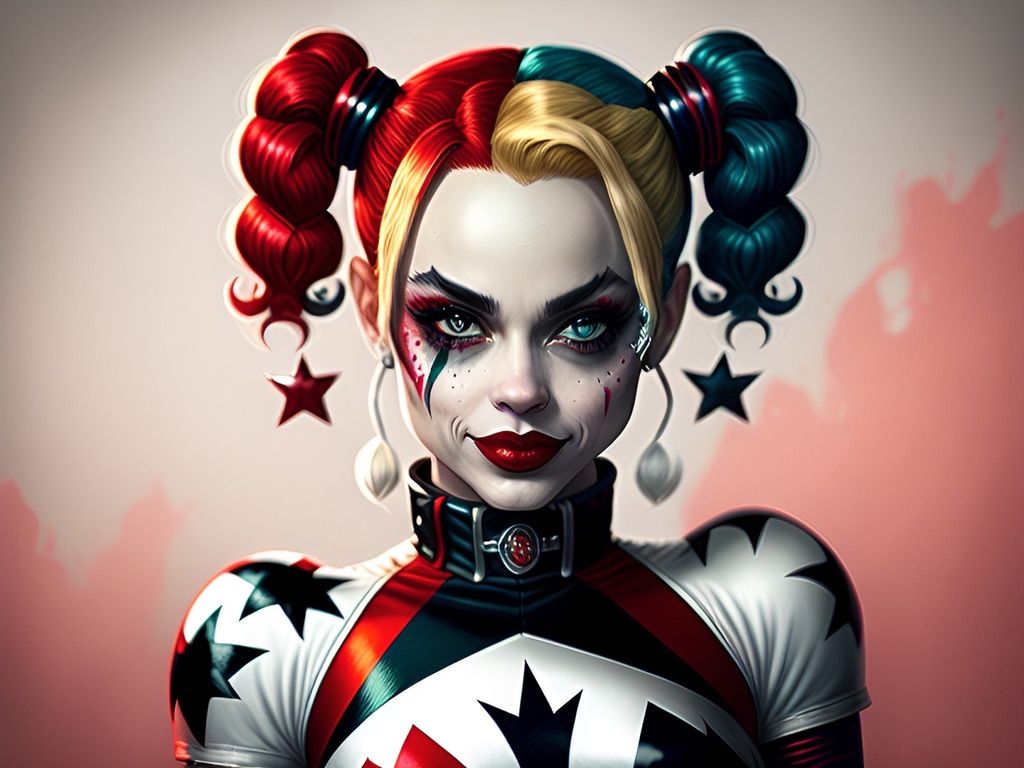

Bathed in the shimmering light of the projector, our movie screens have long been graced by those distinctive and provocative creatures of moral ambiguity—the antiheroes. Yet, it is the male antiheroes who have traditionally dominated this realm—think of Humphrey Bogart's world-weary cynicism or Heath Ledger's unforgettable performance as Batman's foil, The Joker.
However, in contemporary cinema, there has been a compelling shift in this narrative landscape, a blossoming of characters that beautifully defy the status quo: the rise of the female anti-heroine.
These characters, bold and defiant, straddle the frayed line between protagonist and villain, offering a fresh and unvarnished perspective of femininity in film. Not quite heroines, nor entirely villains, they weave stories that simmer with complexity and deliver a visceral punch that is hard to ignore. Each an alchemist of audacity, they embody paradoxes that challenge us to rethink our notions of morality, character, and cinema itself.
From the remorseless rise to power of O-Ren Ishii in ‘Kill Bill,’ to the calculating intelligence of Amy Dunne in 'Gone Girl,' these women, complex and morally grey, insist on existing outside of the traditional narratives of victimhood or virtuousness.
Their resistance to neat labels and uncomplicated categorizations has, in turn, set the stage for some of the most compelling and nuanced performances in recent film history.
10 of our favorite female anti-heroines
In recent years, female antiheroes have been gaining more attention in movies. Here are 10 of the most compelling female anti-heroine from famous films:
Maleficent
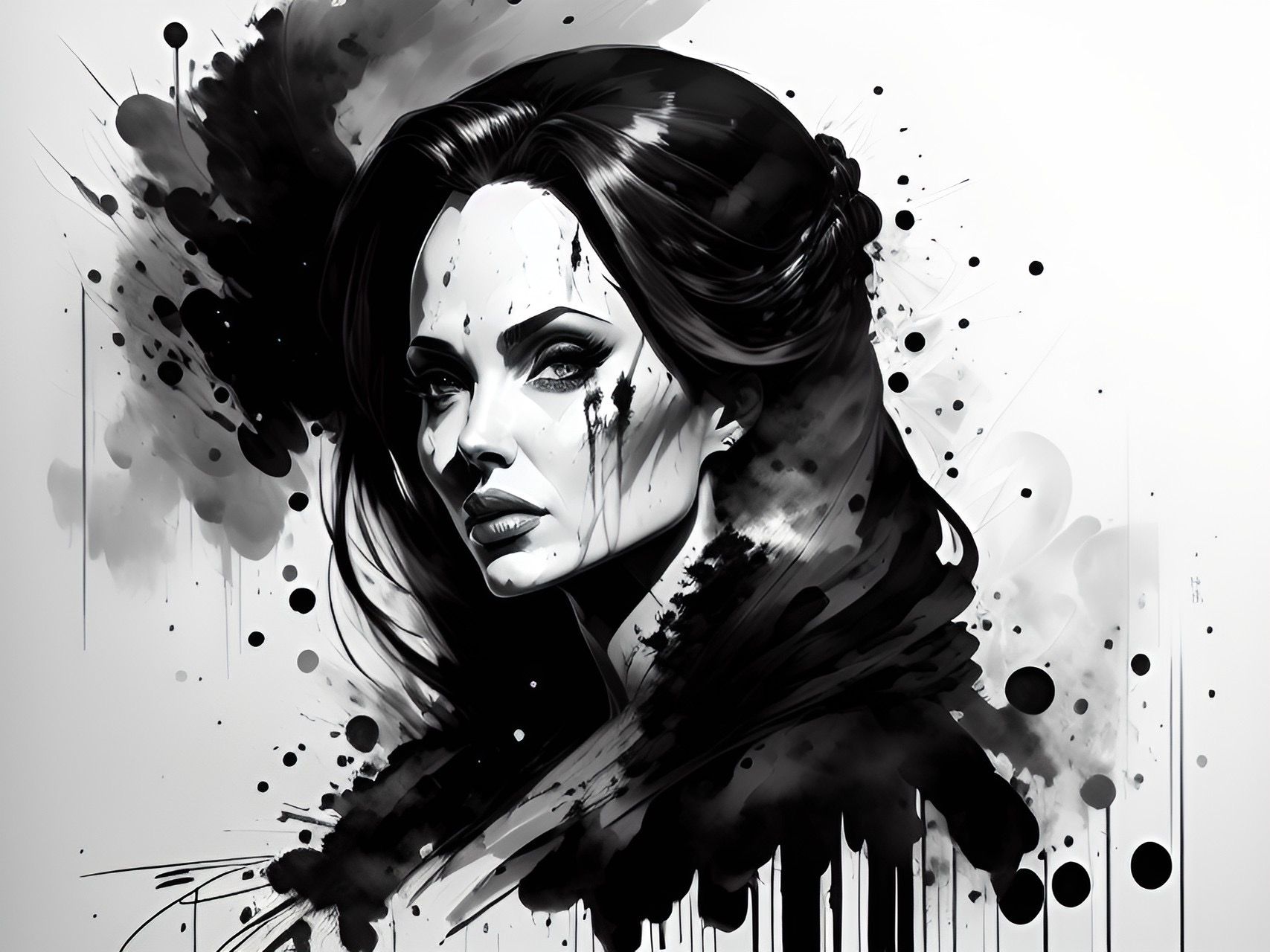
In Disney's "Maleficent," Angelina Jolie masterfully redefines the essence of the fairy tale villainess, shaping a character that not only transcends the familiar landscape of good versus evil but also reinterprets the archetype of the anti-heroine in an altogether enchanting way.
As the eponymous Maleficent, Jolie takes on a character traditionally painted in the broadest strokes of wickedness. Yet, she morphs it into a three-dimensional figure whose actions are driven less by unfettered malevolence than by deeply felt personal anguish. As such, Jolie’s Maleficent operates in the grey area between heroism and villainy, the space where the most compelling anti-heroines reside.
Her imposing presence, characterized by the iconic horned silhouette and striking cheekbones, creates an intimidating exterior. But it is her emotive, nuanced performance that really fleshes out the character’s complexity. Jolie imbues Maleficent with a range of paradoxical traits: she's cold yet nurturing, vengeful yet protective, monstrous yet deeply humane. This dichotomy humanizes a character that could easily have been a one-note terror.
Lisbeth Salander (The Girl with the Dragon Tattoo)
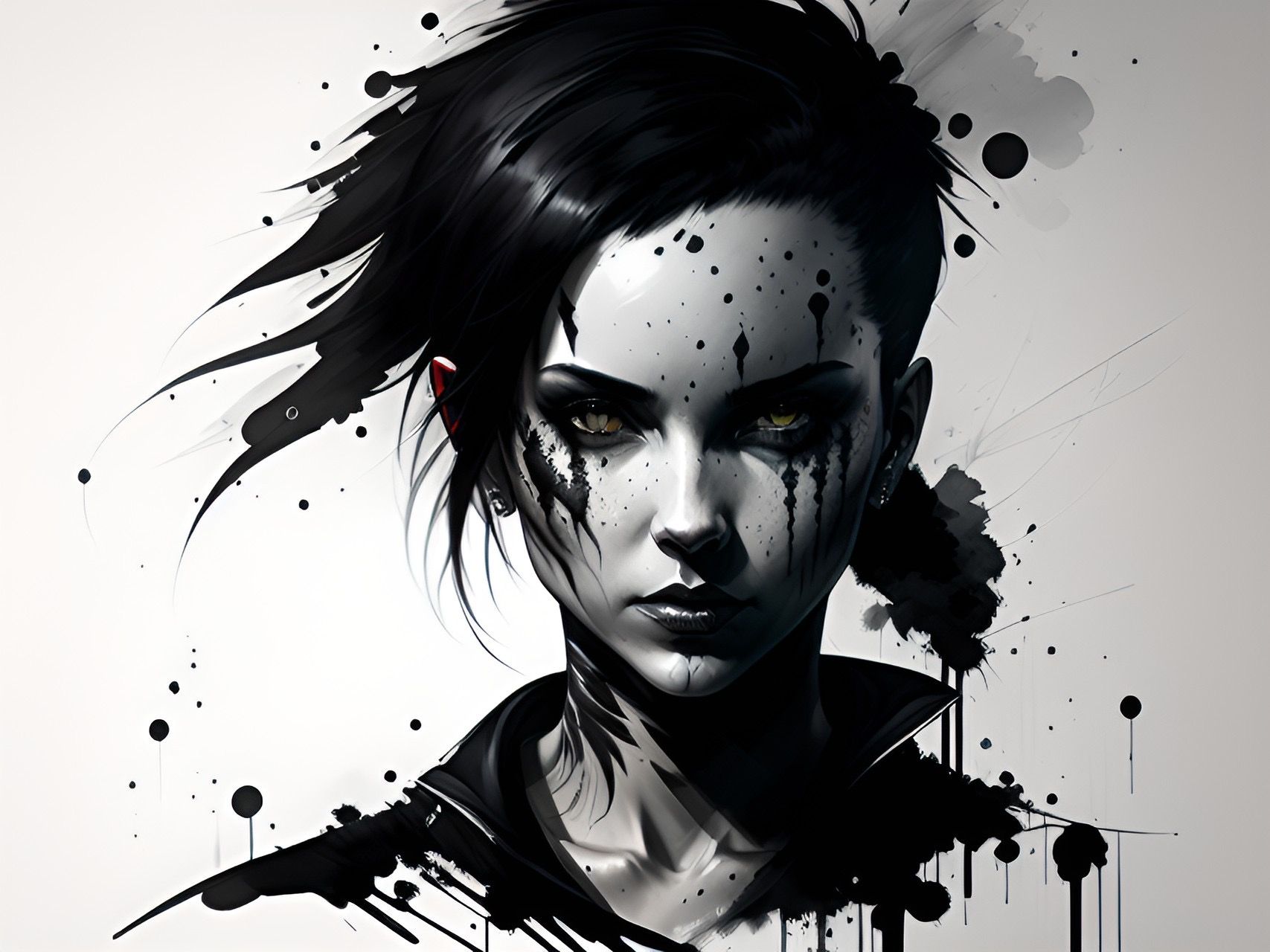
In the chilling milieu of "The Girl with the Dragon Tattoo," Lisbeth Salander, expertly embodied by Noomi Rapace in the original Swedish version and Rooney Mara in David Fincher's Hollywood adaptation, is a compelling study in contrasts, a blend of vulnerability and ferocity. Salander, a tech-savvy hacker with a troubled past, is undeniably damaged but not defeated. She is socially alienated yet inherently moral, a champion of justice in a world that has repeatedly failed her. Her icy demeanor, gothic aesthetic, and unflinching capability for violence can mislead one into dismissing her as merely a brooding figure of revenge. However, these exterior layers only veil the complex emotional depth beneath.
Delving deeper, one sees that Salander's perceived anti-social behavior is a shield against a society that has perpetually let her down. Her capacity for violence is not gratuitous but a response to the brutalities inflicted upon her. Even her sexual fluidity, often a taboo subject, is handled with an honesty that reflects her refusal to conform to societal norms. Lisbeth is neither an outright heroine nor a traditional victim; she is an anti-heroine, a woman who has learned to navigate and retaliate against a system built to oppress her. Her resilience and unorthodox methods of justice position her as one of the most fascinating anti-heroines in contemporary literature and cinema.
Amy Dunne (Gone Girl)
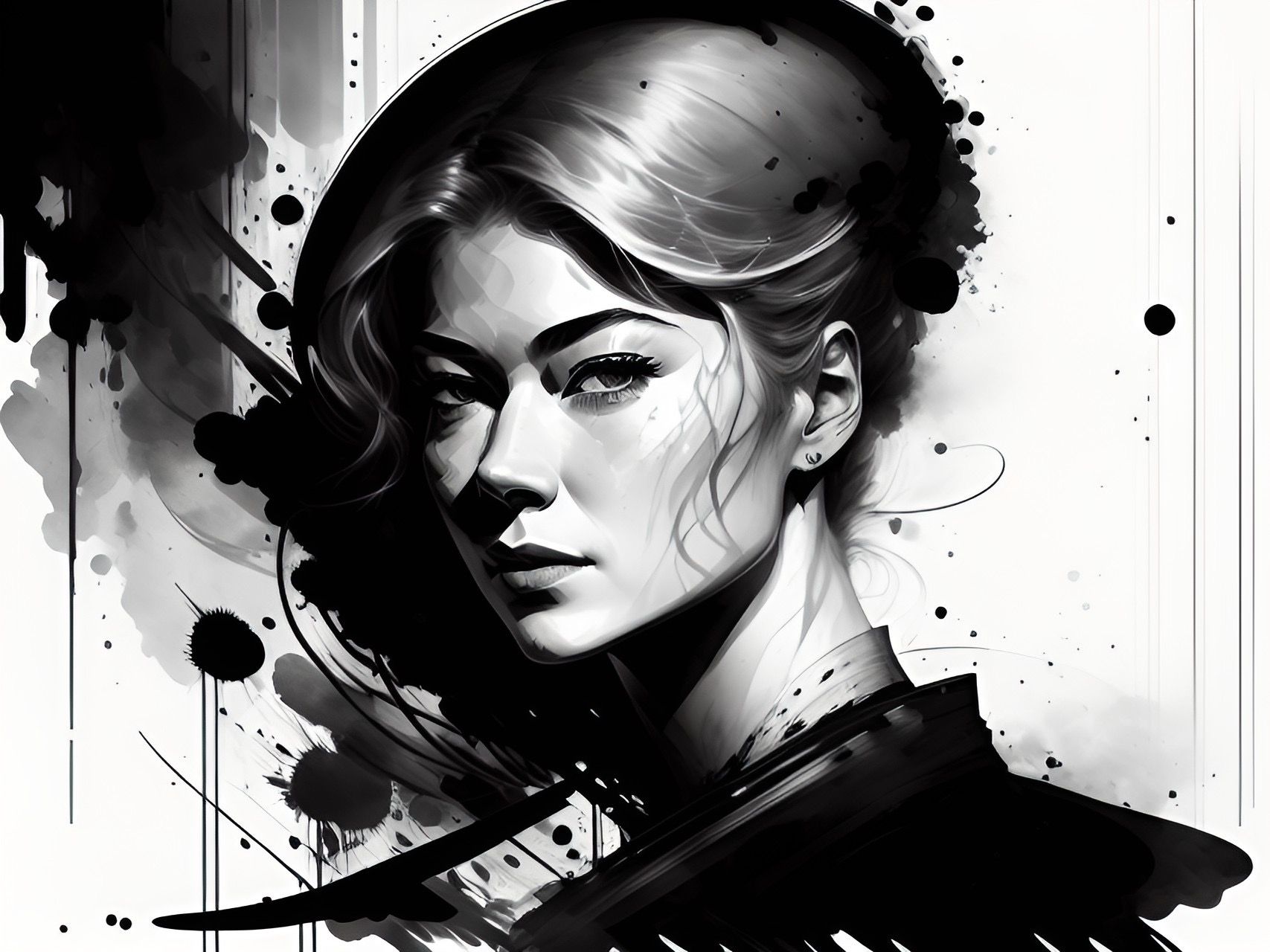
In David Fincher's "Gone Girl," Rosamund Pike's portrayal of Amy Dunne as a unexpected, Machiavellian puppeteer is a haunting exploration of the anti-heroine archetype. Amy is neither a traditional villainess nor a typical victim; she's a master manipulator, a relentless planner, and a dark symbol of revenge. But beneath her cunningly crafted public persona of "Amazing Amy," Pike creates a character who is as intricate as she is enigmatic. She brings to life a woman who ruthlessly manipulates the societal expectations placed upon her, using them as weapons in a chilling game of deceit and vengeance.
Pike's Amy is a character study in duality. On one hand, she is the epitome of the wronged woman, subjected to neglect and infidelity in her marriage. On the other, she's a meticulous schemer, willing to frame her husband for her murder to punish him. Pike masterfully navigates this precarious balance, portraying Amy as both fearsome and sympathetic, a villainess and a victim in her narrative. She exploits society's inclination to sympathize with the "pretty white woman in distress," and in the process, exposes the performative aspects of gender and the expectations of marriage. As such, Amy Dunne, under Pike's skilled portrayal, emerges as one of the most fascinating and chilling anti-heroines in modern cinema.
Miranda Priestly (The Devil Wears Prada)
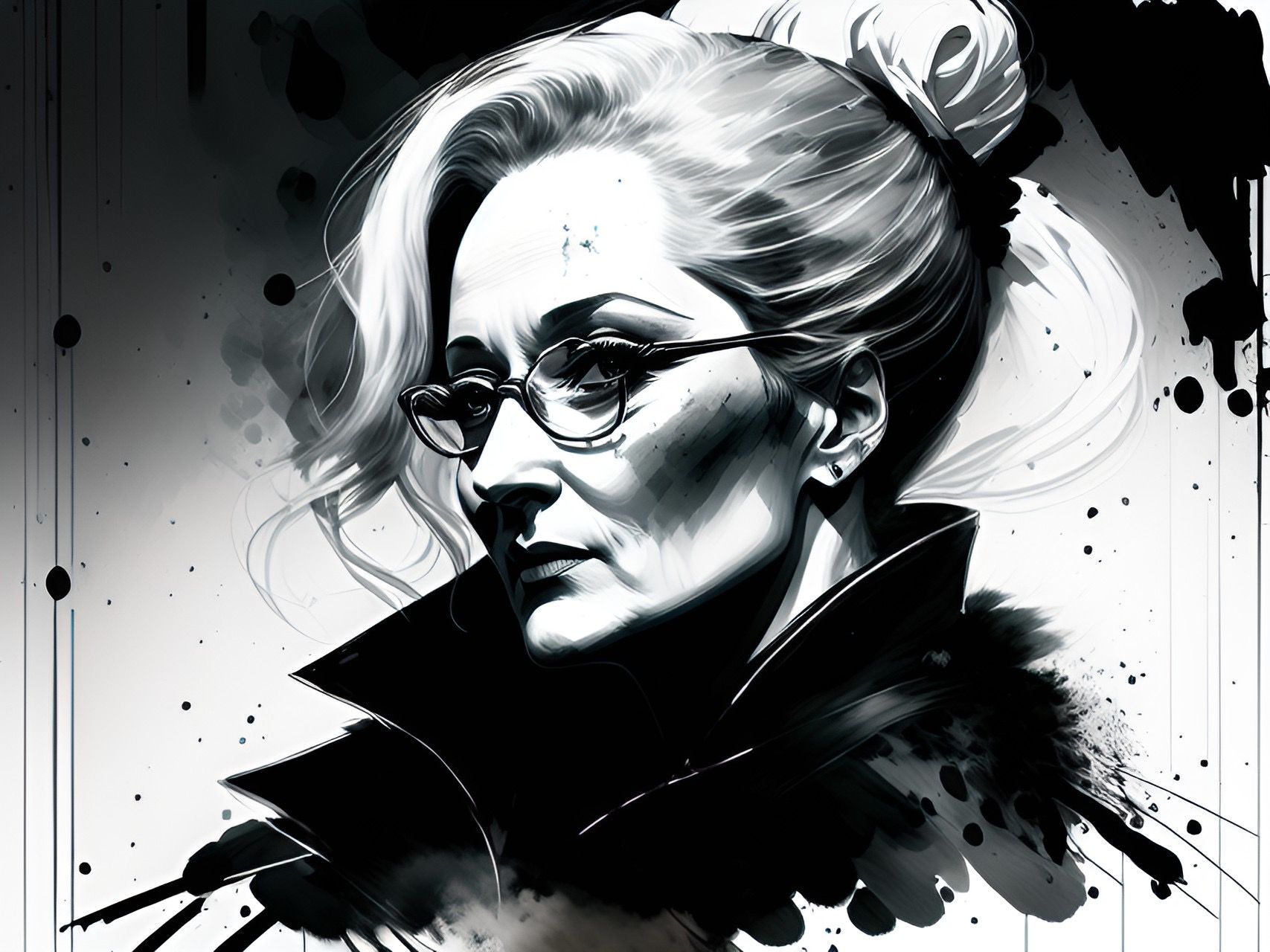
In "The Devil Wears Prada," Meryl Streep’s portrayal of Miranda Priestly, the icy editor-in-chief of a high fashion magazine, elegantly redefines the boundaries of the anti-heroine archetype. Clad in couture, wielding power with a glare, a smirk, or a disdainful remark, Priestly instills fear. But Streep’s genius lies in her ability to humanize this formidable character, subtly peeling back layers to reveal a woman who is as vulnerable as she is powerful.
Miranda Priestly isn't a villainess in the traditional sense, nor is she a heroine. She exists in a gray area: a woman who has clawed her way to the top of a notoriously cutthroat industry, making difficult decisions and sacrificing personal relationships in the process. Streep gives life to Priestly with a calculated coldness and razor-sharp wit, underpinned by an undercurrent of loneliness and the constant pressure of maintaining her status. There are moments of unveiled truth, where Streep allows Priestly's façade to slip, and in these glimpses, we see the cost of her power. Through Streep’s masterful performance, Miranda Priestly becomes a compelling, three-dimensional character who embodies the complexities of being a woman in power, earning her place as an unforgettable, pop-culture-phenomenon of an anti-heroine.
Dani Ardor (Midsommer)
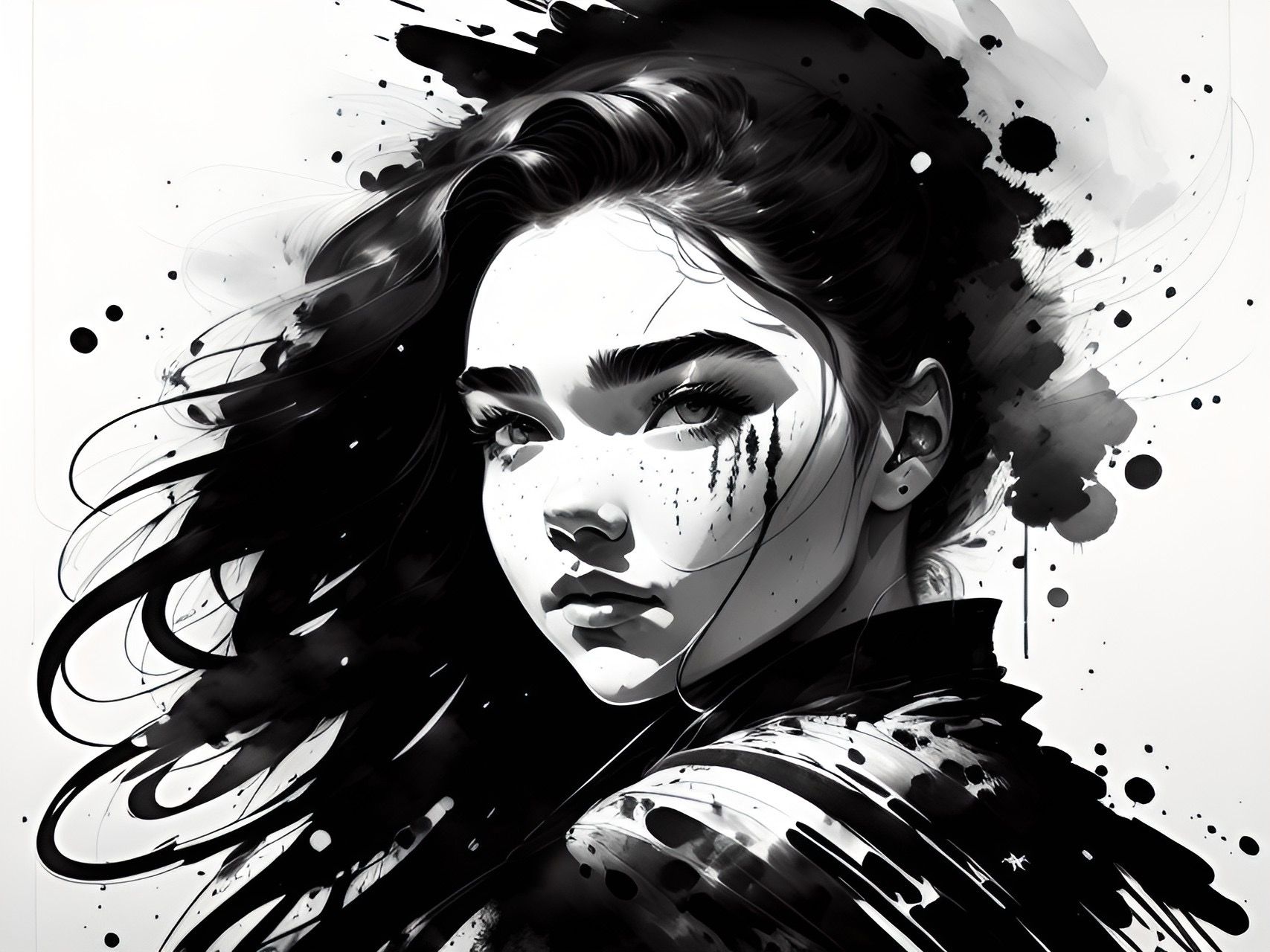
In Ari Aster's "Midsommar," Florence Pugh's portrayal of Dani Ardor is a riveting exploration of grief, isolation, and desperate need for belonging. From a traumatized woman struggling with her personal loss to a May Queen of a remote Swedish pagan cult, Dani's transformation is as harrowing as it is mesmerizing. Through this complex narrative arc, Pugh's Dani emerges as a distinct anti-heroine, her desperate quest for healing leading her down an increasingly dark and destructive path.
Pugh’s portrayal of Dani is a raw and unnerving portrayal of grief. She begins the film as a deeply vulnerable character, paralyzed by the horrific loss of her family and feeling increasingly isolated in her relationship with her emotionally distant boyfriend. When she travels with him and his friends to the seemingly idyllic Swedish commune, she is at first a stranger in a strange land, disoriented and out of place.
However, as the narrative unfolds and the true nature of the cult becomes apparent, so does Dani's transformation. The communal empathy and open acknowledgment of pain she experiences within the cult provide a stark contrast to her previous isolation. Pugh brilliantly portrays Dani's gradual immersion into this new world, culminating in her final descent into the cult's violent ritual. The viewer is left in a state of disquiet, empathizing with her desperate need for connection and belonging, even as they are horrified by the means she embraces to achieve it. Her story is a chilling reminder of the lengths to which grief and isolation can drive us, positioning her as one of the most compelling and tragic anti-heroines in contemporary cinema.
Harley Quinn (Suicide Squad)
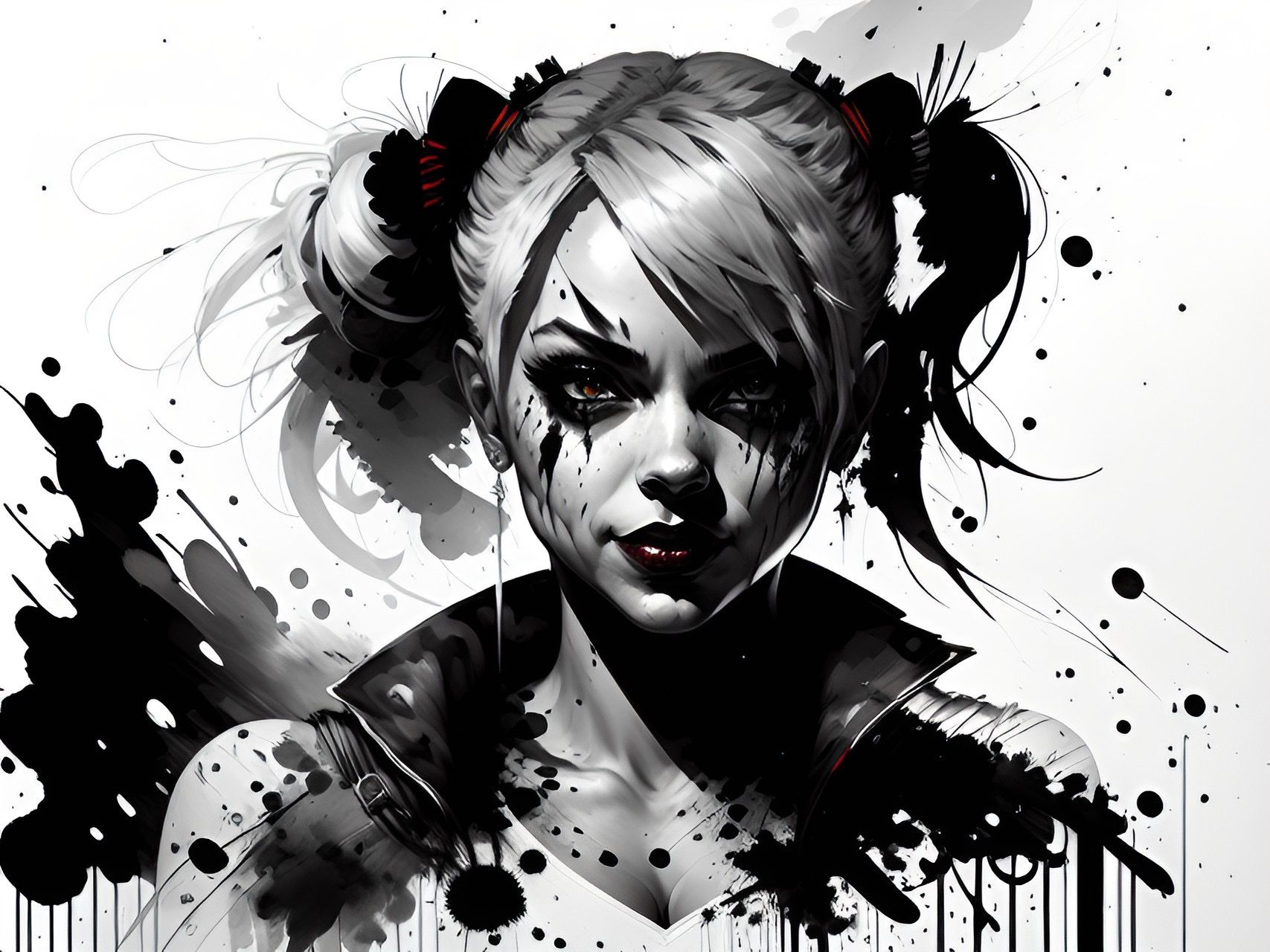
In the Suicide Squad series, Margot Robbie breathes intoxicating life into Harley Quinn, a character who is as endearing as she is volatile. Harley Quinn, with her candy-colored pigtails, baseball bat, and unapologetic eccentricity, is a refreshing deviation from conventional heroines. She is not your traditional villainess either; instead, Robbie's Harley Quinn emerges as a captivating anti-heroine, a wildcard who dances unpredictably on the blurred lines of morality.
Robbie's portrayal of Harley is an amalgamation of madness, humor, and surprising depth. She is an enigma wrapped in a gleeful swirl of chaos, yet beneath her unhinged persona, there's a woman who is grappling with past traumas and fighting to assert her independence in a controlling world. Her journey from Joker's manipulated accomplice to a woman forging her own chaotic path highlights her resilience and complexity. Her penchant for violence is delivered with gleeful, devil-may-care attitude, entertaining and unsettling.
Robbie’s Harley Quinn is an anti-heroine for the ages, a character who subverts expectations and consistently surprises. She is a testament to the complexities of womanhood, showcasing strength, vulnerability, resilience, and the power of embracing one's own chaos.
Raven Darkhölme/Mystique (X-Men franchise)
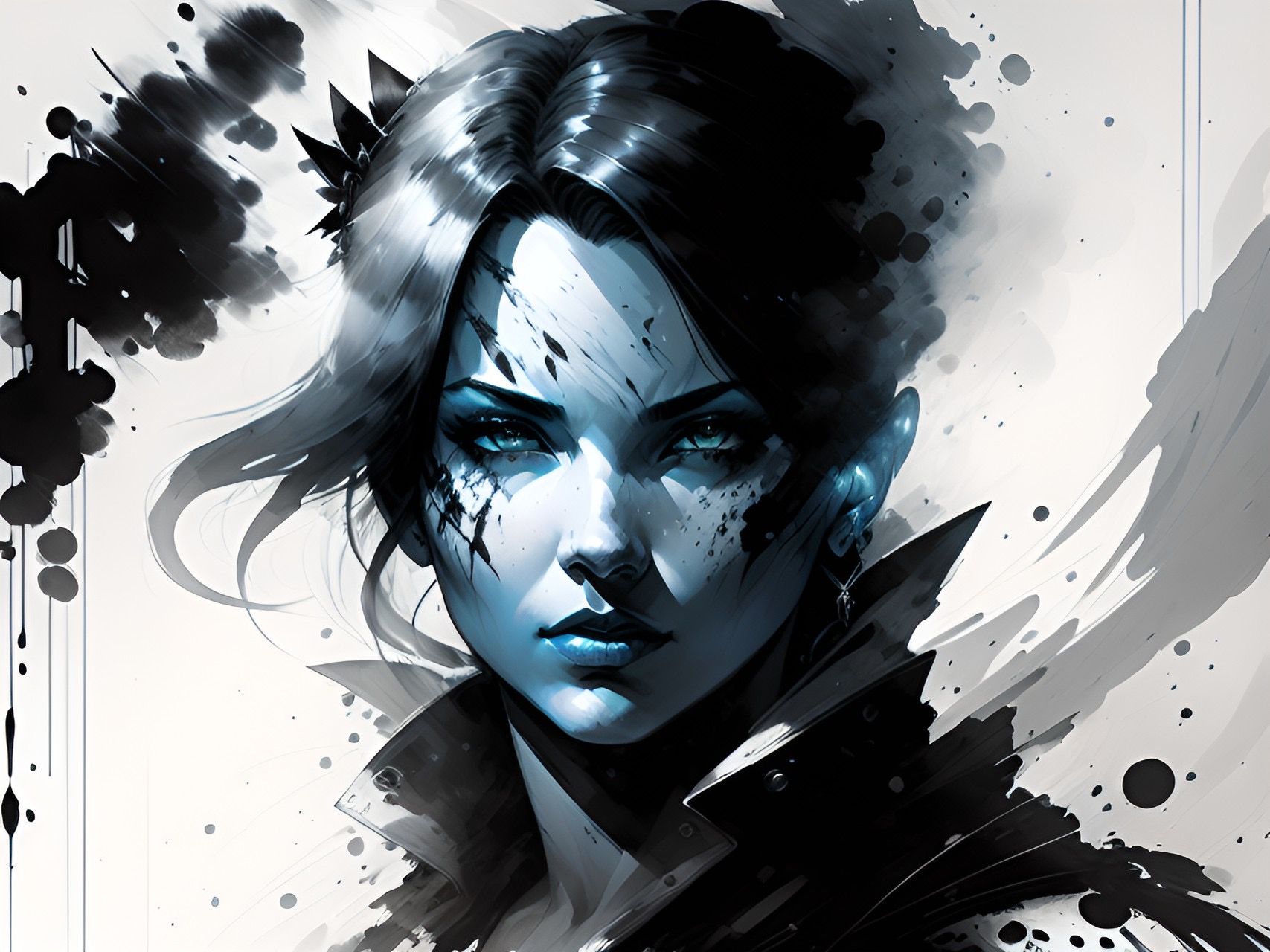
In the sprawling landscape of the X-Men universe, one character stands out for her complex interplay between heroism and villainy - Raven Darkhölme, also known as Mystique. Portrayed by Rebecca Romijn in the original X-Men trilogy and later by Jennifer Lawrence in the prequel series, Mystique's character arc is a labyrinth of shifting loyalties, identity crises, and the struggle for mutant rights, which makes her one of the most compelling anti-heroines in the franchise.
A shapeshifter who can mimic the appearance of any individual down to the most minute detail, Mystique often uses her abilities for espionage and subterfuge. But this power also serves as a metaphor for her personal struggle with identity and acceptance. She oscillates between embracing her true form - a blue-skinned, yellow-eyed creature - and concealing it to blend in with humans. This duality extends to her moral compass. While she often aligns herself with Magneto's more aggressive methods of achieving mutant freedom, there's a part of her that yearns for the peaceful co-existence advocated by her foster brother, Charles Xavier.
Mystique's anti-heroine status arises from this continual grappling with her loyalties and self-perception. Both Romijn and Lawrence excel at capturing Mystique's nuanced character, portraying her as formidable and vulnerable, compassionate and ruthless, an idealist and a realist. Her journey, from a conflicted mutant ashamed of her true form to a leader in the mutant revolution, positions her as a remarkable anti-heroine. It underscores the battles with acceptance and the sacrifices made in the pursuit of equality, further enhancing Mystique's multi-dimensional character in the X-Men series.
Nikita (La Femme Nikita)
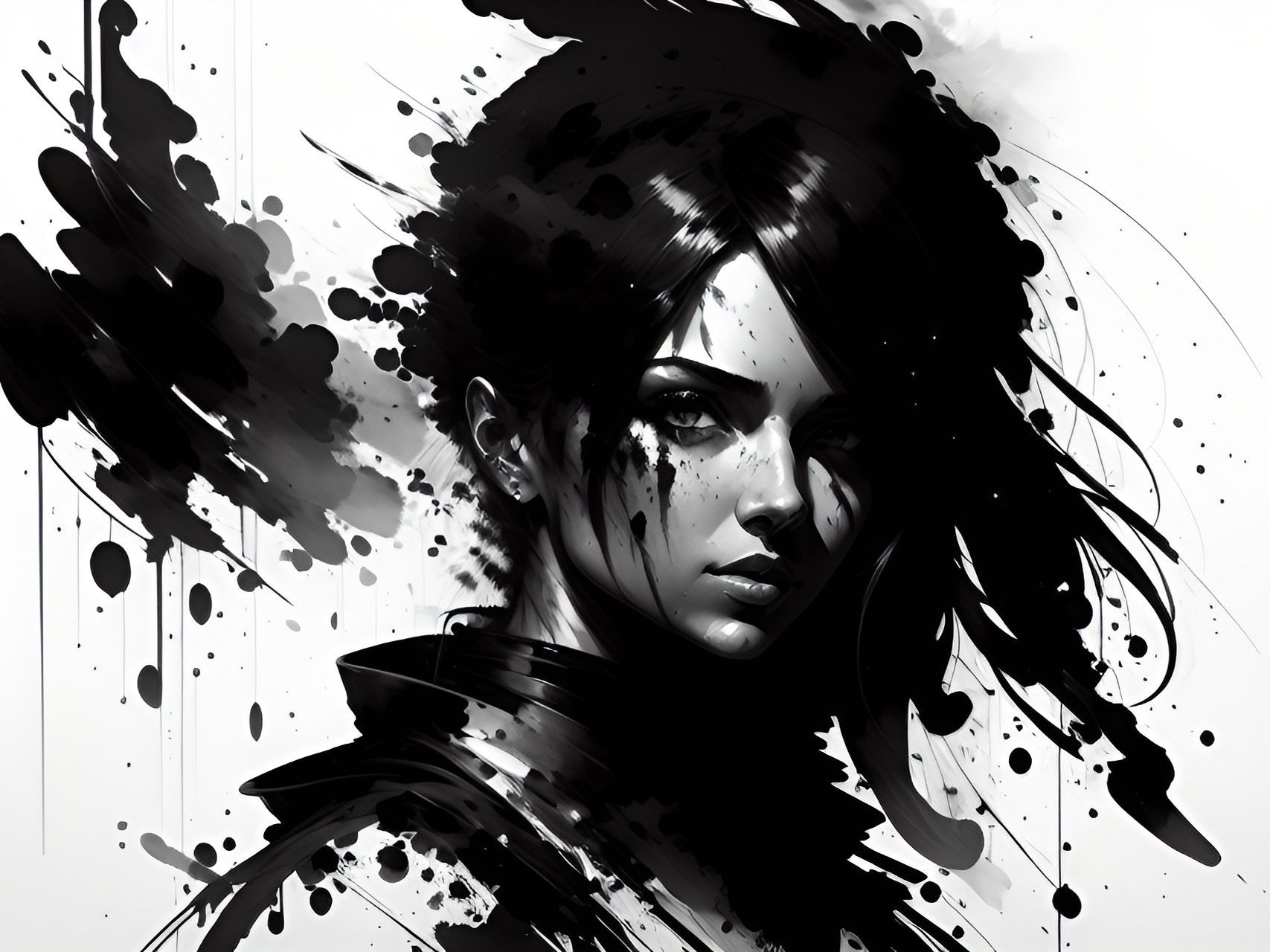
In Luc Besson's "La Femme Nikita," Anne Parillaud presents an intriguing dichotomy as Nikita, the street-hardened junkie turned government assassin. Nikita emerges as one of the most intriguing anti-heroines in cinematic history, her character journey weaving a captivating narrative of redemption, transformation, and resistance.
Parillaud's Nikita starts as a cornered animal, lashing out at a world that has offered her nothing but rejection and hardship. This is a woman who has survived by her claws and teeth, and when she's arrested after a botched robbery, it seems like the end of her road. Yet, her journey only begins there. Recruited into a shadowy government organization, Nikita transforms from a raw, desperate young woman into a sophisticated instrument of death. She's not a conventional heroine. She lies, she kills, and she manipulates. Yet, she is not entirely a villain either. Parillaud infuses her character with an undercurrent of vulnerability and humanity that makes her actions, however reprehensible, somehow understandable.
One of Nikita's most captivating aspects is her battle with her own dual nature. Parillaud convincingly portrays a woman wrestling with her deadly training and her desire for normalcy and love. Her Nikita is ferocious yet fragile, cold yet yearning for warmth, a weapon wanting to be a woman. It's this internal conflict, this tug-of-war between her past and her potential future, that sets Nikita apart as an anti-heroine. In the end, "La Femme Nikita" isn't just an action thriller—it's a profound exploration of a damaged woman's attempt to reconcile with her own humanity. Parillaud's riveting performance ensures Nikita's place as one of the most enduring and complex anti-heroines on screen.
O-Ren Ishii (Kill Bill)
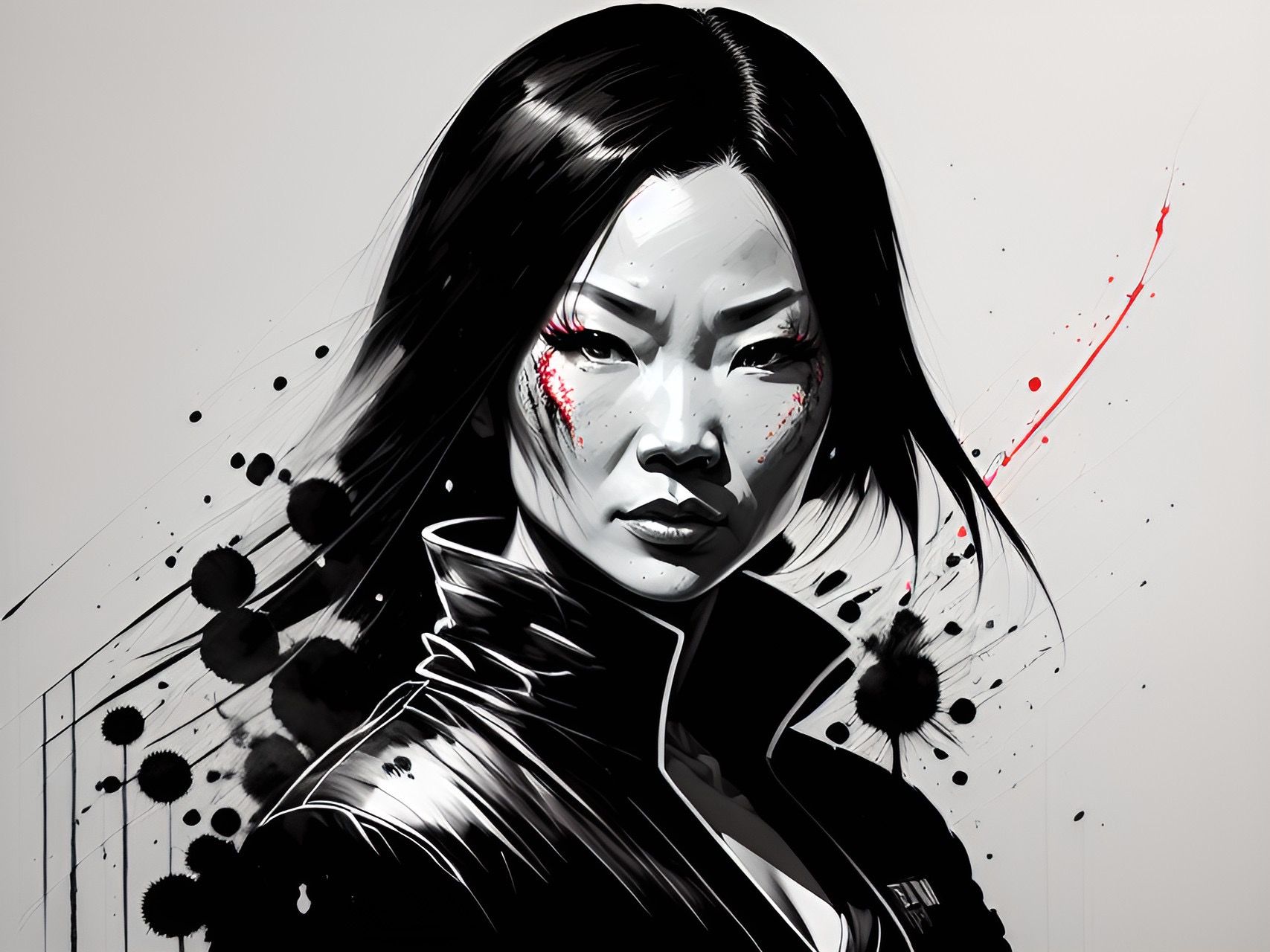
In Quentin Tarantino's violent ballet, "Kill Bill," Lucy Liu's portrayal of O-Ren Ishii offers an alternate vision of the anti-heroine to counterpoint Uma Thurman's headliner, "The Bride". As the leader of the Tokyo underworld and one of the members of the Deadly Viper Assassination Squad, O-Ren is a character who combines lethal skill with an icy demeanor. Yet, Liu's nuanced performance (and Quentin Tarantino's brilliant use of an animated flashback) ensures that O-Ren is far more than a one-dimensional villainess, emerging instead as a complex character whose motivations are deeply rooted in her tragic past.
Liu paints O-Ren as a woman whose deadly nature is a direct result of the horrors she has experienced. In her hands, violence becomes a means to survival and dominance in a world that has been cruel to her from the start. Despite limited screen time, Liu subtly hints at the cost of such a life, offering fleeting glimpses of the human being behind the hardened exterior. She may be a killer, but she's also a survivor. Through Liu's compelling performance, O-Ren Ishii secures her place as one of the most intriguing anti-heroines in film, a deadly assassin whose history elicits sympathy even as her actions provoke terror.
Imperator Furiosa (Mad Max: Fury Road)
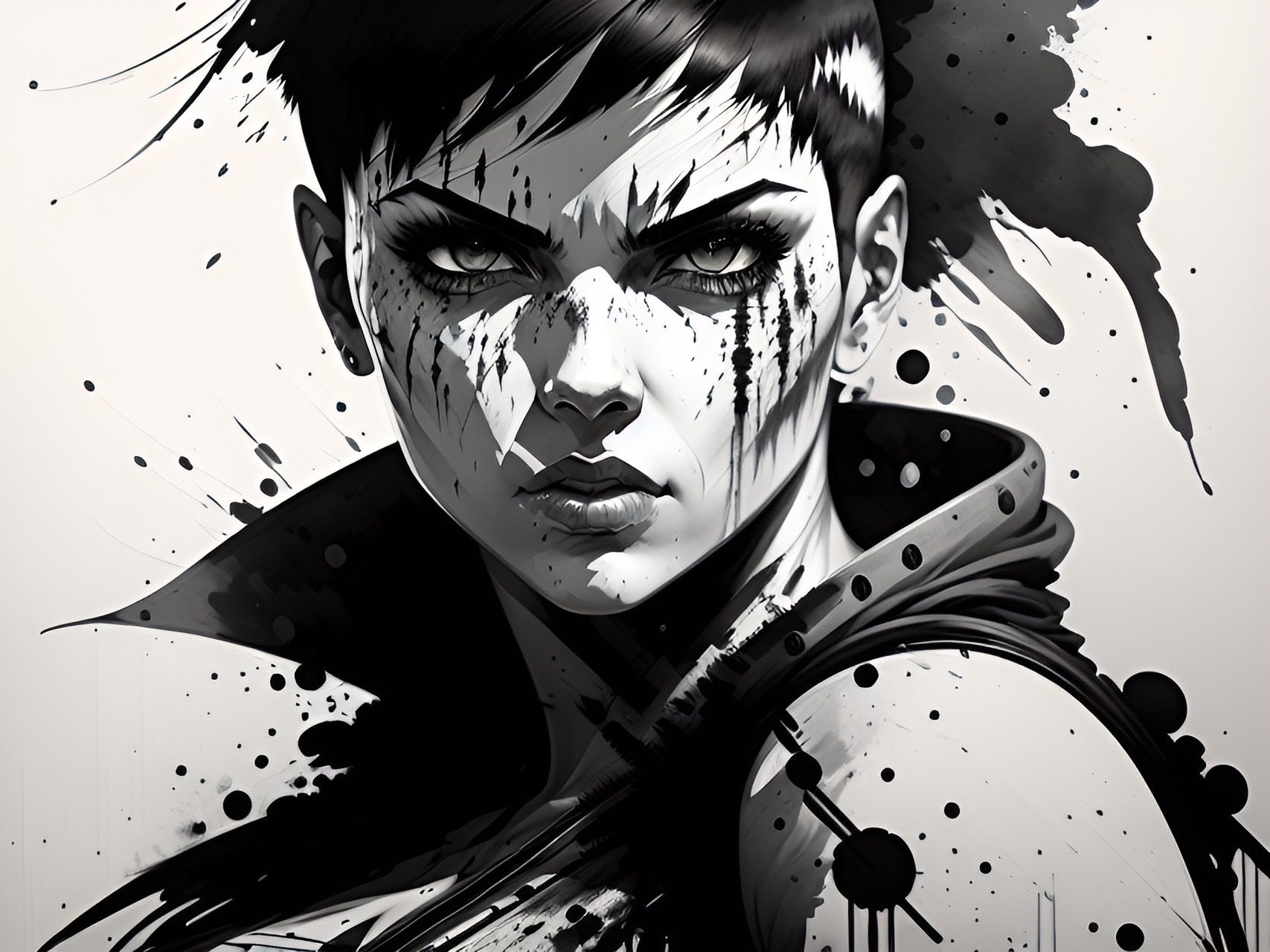
In George Miller's post-apocalyptic epic, "Mad Max: Fury Road," Charlize Theron's Imperator Furiosa stands as a monumental figure of resilience and rebellion. As the war-rig driver turned liberator, Furiosa is a character who embodies the anti-heroine archetype with her unwavering resolve, fierce survival instincts, and complex emotional underpinnings.
Theron's portrayal of Furiosa is a masterclass in strength and subtlety. On the surface, Furiosa is as hardened as the dystopian wasteland she navigates - a formidable warrior with a mechanical arm and a steady gaze. Yet beneath this stoic exterior lies a well of compassion and determination. Her mission, to free the captive wives of the tyrannical Immortan Joe, is not born of revenge or bloodlust but of a deep-seated sense of justice and a yearning for redemption. In her quest, she defies not just her tyrannical overlord but the entire patriarchal system that allows such abuses to persist.
Yet, Furiosa isn't a traditional heroine. She operates in a moral grey zone, driven by a fierce survival instinct that can lead to ruthless decisions. She's willing to do whatever it takes to secure freedom, not just for herself, but for the oppressed women she seeks to liberate. Theron’s Furiosa is an anti-heroine par excellence - fierce, fallible, and unyieldingly human. Her character showcases the strength of resilience and the power of rebellion, marking her as one of the most compelling anti-heroines in modern cinema.
The Importance of Female Anti-Heroines
Female anti-heroines in films represent a significant shift in the narrative landscape. They offer a nuanced perspective on female characters, which have traditionally been portrayed within the binary of virtue or villainy.
These complex characters break the mold of stereotypical gender roles, presenting women as multifaceted beings with their own unique ambitions, flaws, and moral ambiguities. This development is not only important for representation, but it also makes for more compelling, rich storytelling.
By introducing strong female anti-heroines, filmmakers challenge existing norms, offering audiences more realistic and diverse portrayals of women, and contribute to more progressive dialogues around gender in society.

